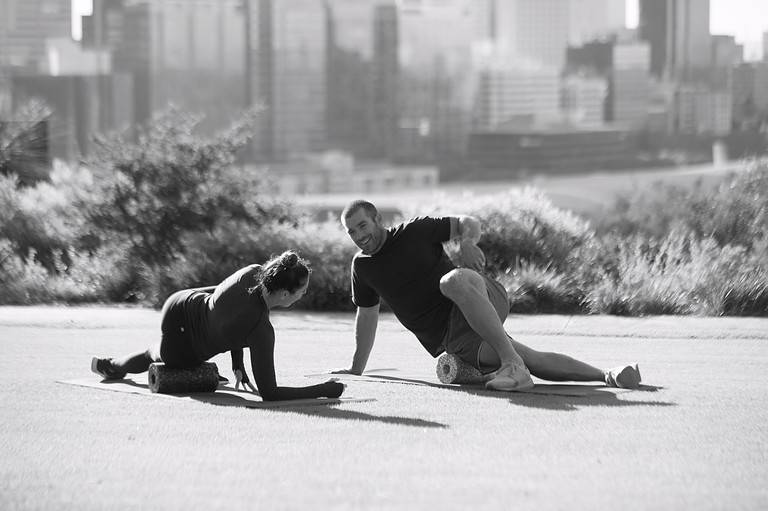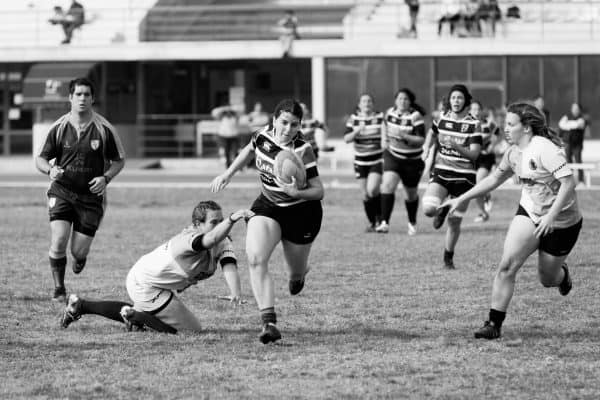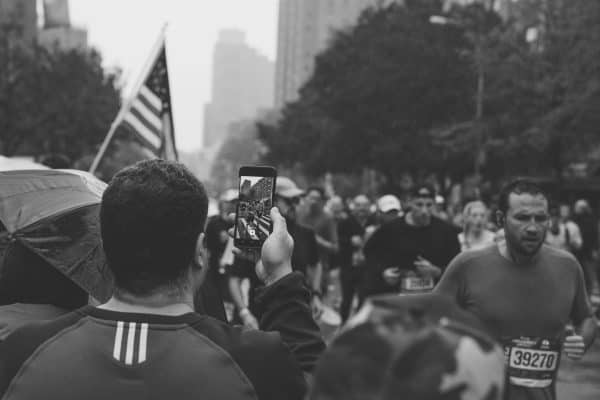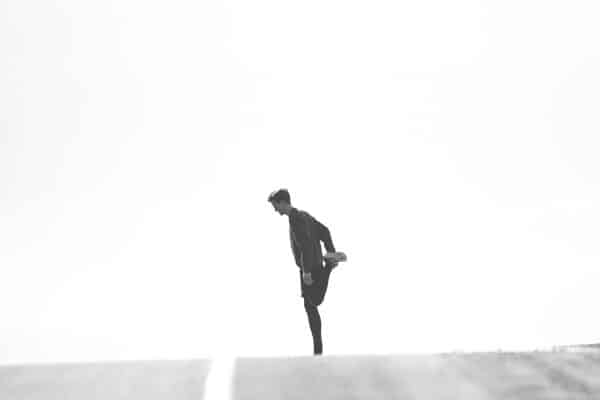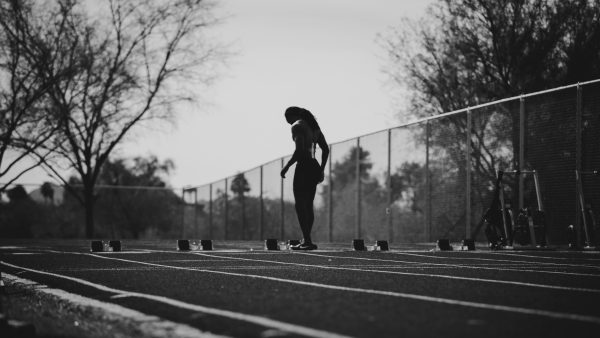MTSS (or shin pain) can be debilitating and frustrating. It can also leave many runners asking the question, “why me?”
Understanding the contributing factors to shin pain can actually go a long way in helping you to rectify the problem. In this article, we will look at some of the environmental factors as well as some more intrinsic factors that can contribute to the onset of shin pain.
Biomechanics
The way we move, and for the sake of this example, the way we run is called our biomechanics. And our biomechanics contributes to how efficiently we move. But sub-optimal biomechanics can contribute to shin pain.
For example, hip drop on one or both sides when you run has been linked to the development of MTSS. This movement pattern known as a Trendelenberg can cause excessive strain on the inside of the knee and shin. It is correctable with a combination of exercises and running technique retraining.
Other examples of biomechanical issues are:
- Foot pronation
- Ankle range of motion
- Knee control
It is important to identify which of these factors are contributing to your symptoms, then to put in place an appropriate plan to correct it/them. A full biomechanical running assessment can help.
Footwear
A change in footwear will often precede the onset of shin pain. Every foot is different and will require a shoe that matches both the foot type and the activity demands. If you have a foot that pronates too much, too early or too fast, you will likely require a shoe that has good control through the rear and/or mid-foot.
Additionally, an appropriate amount of cushioning in the shoe is important for most people.
Strength and endurance
Calf strength and endurance have been linked to excessive MTSS. Your calf acts, in part, as a shock absorber every step you take. It absorbs ground reaction force – the sharp force that goes up through your body as you land. If your calves are not strong enough or if they do not have the endurance to do what you want to do, then your bones will be forced to absorb more stress and can become overloaded.
Training error
When we trace back to the onset of shin pain, often it is associated with a sharp increase in running load. For recreational runners, this might mean a jump in kilometres of anything more than 30% per week. It might even have started when you progressed from couch-potato to footsal-champion overnight.
This is not to say that you can’t increase the amount of running or activity that you do, but it needs to be done slowly and carefully over a period of time. A 10% increase each week in training minutes or running distance is appropriate. Anything more may be detrimental.
Running surface
A well-known cause of shin pain is excessive running on hard surfaces. Try trading your pavement run for a trail run as often as possible. This will slightly reduce the sharp ground reaction force going up through your shin every step.
Bodyweight
Aside from the other known risks associated with increased weight, having a BMI over 30 actually makes you more likely to get shin pain? If you’re not sure, check your BMI here at the Heart Foundation website.
Weight is not an issue for everyone suffering from shin splints. Weight loss is a complex process, so please do not embark without checking with a qualified health professional and getting advice on the safest way to do this.
Foot type
If your natural foot type is one of “flat feet” or excessive pronation, you may be predisposed to shin pain. Some of the muscles that support your foot, such as tibialis posterior, will be elongated if you don’t have enough natural arch support, so either some “off-the-shelf” or customized orthotics might be necessary.
Podiatrists are excellent at providing customized orthotics, and we are always happy to refer you to a couple of Perth’s best podiatrists.
Ankle ROM
If you can’t touch your knee and toe to the wall at the same time, without lifting your heel, you are going to struggle to run without putting stress somewhere else on the body. This is something that can usually be improved over time with a combination of hands-on treatment, stretching and joint mobilisations.
If you would like to inquire more or to get a clear and accurate diagnosis along with an appropriate management plan, then call us today!


